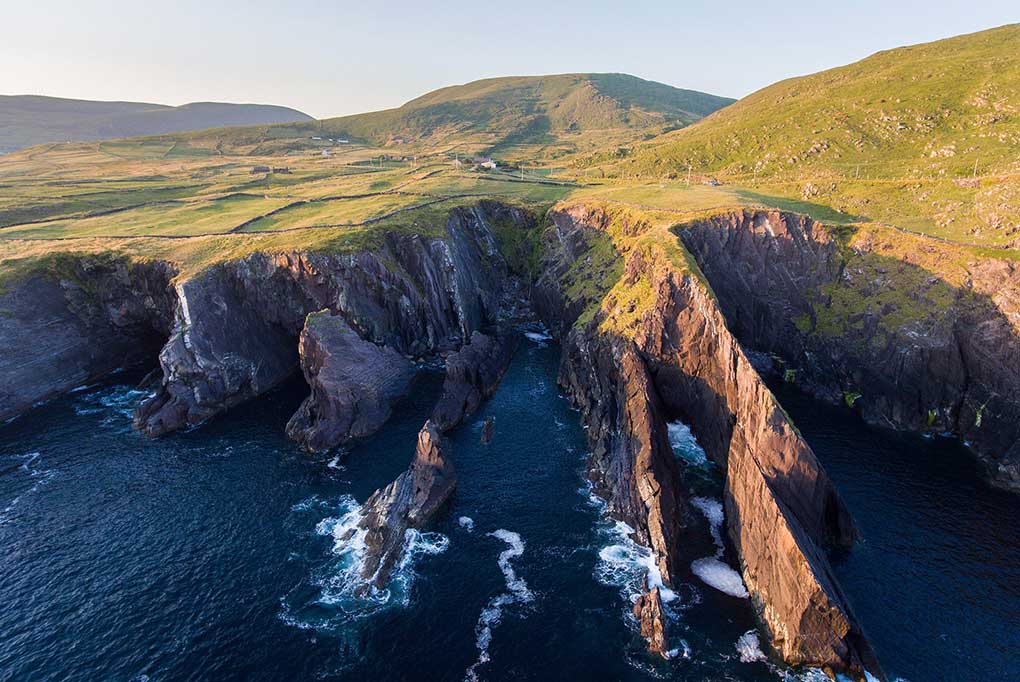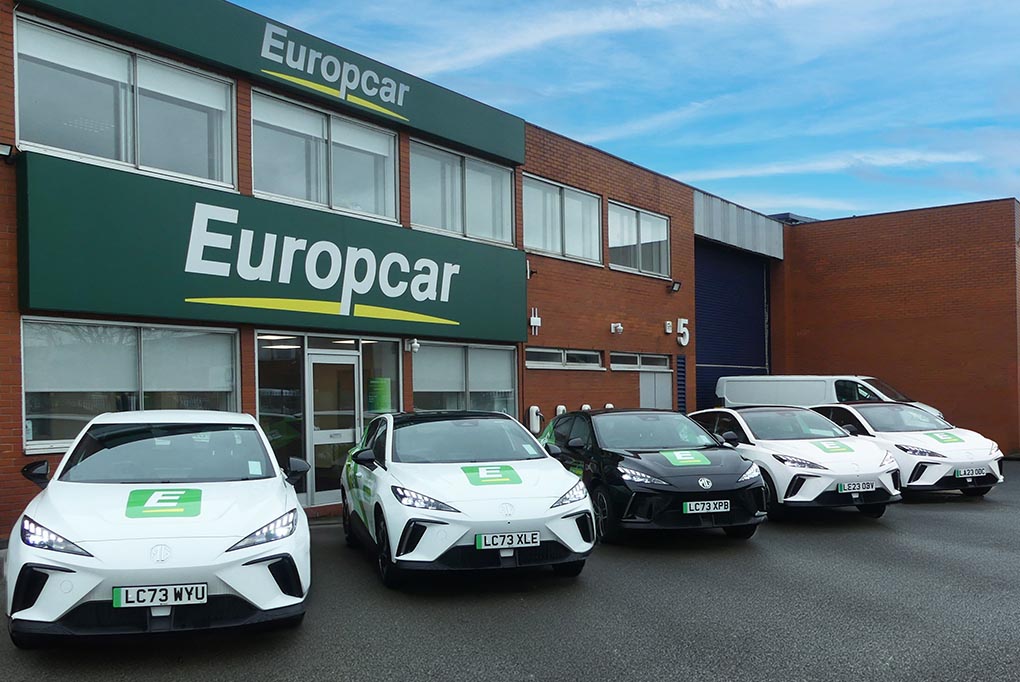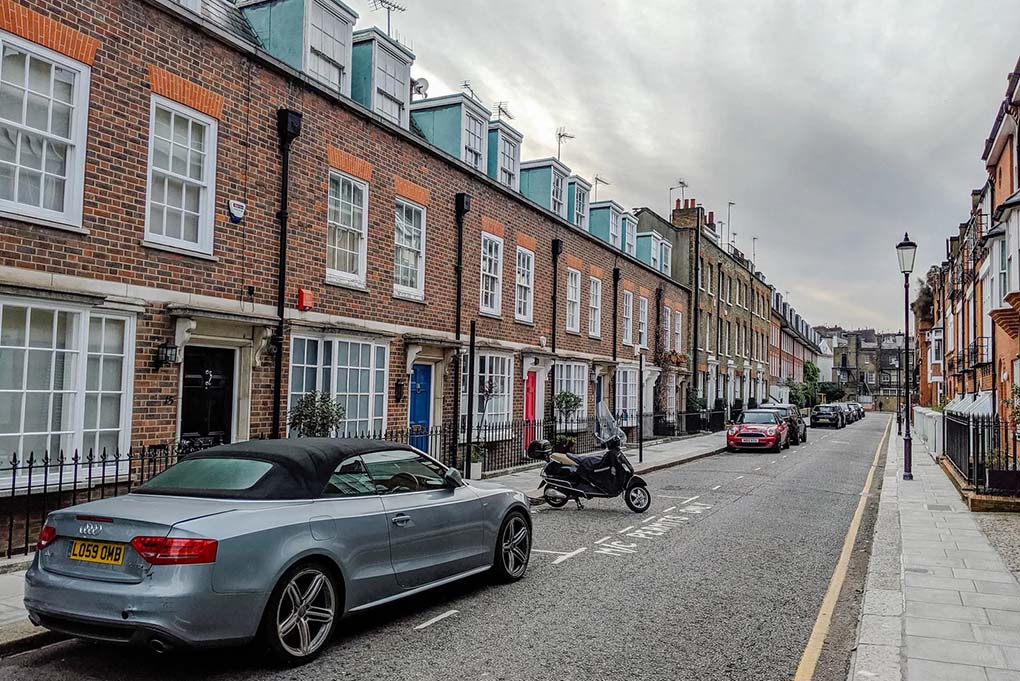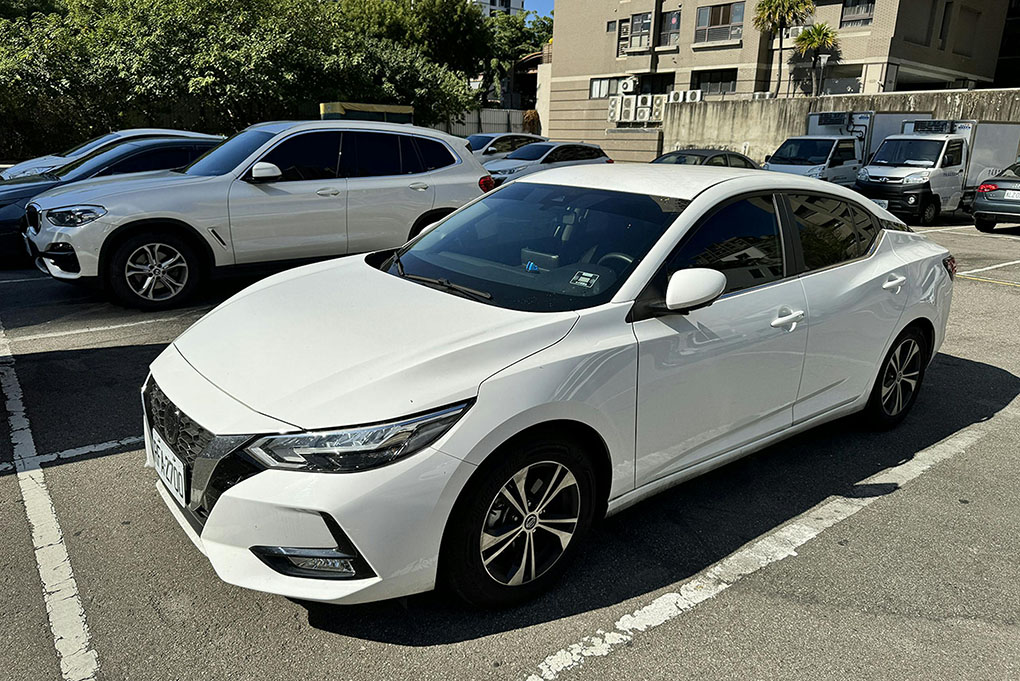Dublin, the capital of Ireland, is not only a city full of history and culture, but also has a great geographical location, making it an ideal starting point for exploring other cities and scenery in Ireland. Ireland is famous for its stunning natural scenery, ancient castles, charming towns and rich historical sites. Self-driving in this beautiful land will bring an unparalleled experience. If you plan to rent a car in Dublin and embark on a journey to explore Ireland, we will help you understand how to rent a car in Dublin, which attractions are worth visiting, and how to plan a perfect self-driving tour.
1. Advantages of Renting a Car in Dublin
1.1 Flexibility and Freedom
One of the most appealing aspects of a self-driving tour is the flexibility it offers. Whether you’re heading to a nature reserve in the countryside or exploring more remote attractions, renting a car gives you the freedom to plan your schedule according to your interests and time. While Dublin’s public transportation system is quite convenient, it can sometimes limit your access to hidden natural beauty and picturesque small towns. Driving yourself breaks these restrictions, allowing you to stop at any time to take photos and enjoy every moment of the journey.
1.2 Convenient Road Network
Ireland’s road system is well-maintained and clearly signposted, making it ideal for self-driving tours. As Dublin is Ireland’s transport hub, the road network around the city is well-connected, making it easy to access many popular attractions (such as the Giant’s Causeway, Killarney National Park, and Kylemore Abbey). Therefore, choosing to rent a car in Dublin not only lets you explore the city in-depth but also enables quick access to other beautiful places across the country.
1.3 Ample Parking and Self-Driving Facilities
As the largest city in Ireland, Dublin is equipped with many parking lots and facilities, making self-driving more convenient. There are multiple parking spaces and parking garages within the city center, and plenty of open-air parking lots near the outskirts of the city. Moreover, in many tourist attractions, especially in rural areas, parking spaces tend to be spacious, allowing visitors to park their cars with ease and start their exploration.
2. Preparations for Renting a Car
2.1 Choosing a Rental Car Company
In Dublin, many international and local car rental companies offer services, including well-known brands like Hertz, Europcar, Avis, and Enterprise. These companies offer a wide selection of vehicles, whether you’re looking for a compact car, family sedan, luxury SUV, or even a minibus. If you’re planning to head to more remote areas, renting an SUV might be more suitable.
2.2 Required Documents
When renting a car in Ireland, there are several necessary documents you will need to prepare:
- Valid International Driving Permit (IDP) or an English-translated driving license: Ireland allows foreign visitors with a valid International Driving Permit (IDP) to drive. UK drivers can use their UK driving license.
- Passport and Credit Card: Rental companies usually require a passport and a credit card for deposit purposes. Some companies may also request additional identification.
- Age Requirements: Typically, rental companies require the driver to be at least 25 years old. Some companies may charge an additional young driver fee for drivers aged 21-24.

2.3 Car Insurance
When renting a car, choosing the right insurance is very important, considering potential accidents, theft, or vehicle damage. Common car rental insurances include:
- Collision Damage Waiver (CDW): This covers damage to the vehicle in case of a collision.
- Theft Protection (TP): This insurance covers theft of the car during the rental period.
- Third-Party Liability Insurance (PLI): This protects you in case of injury or property damage to a third party during your drive.
- Full Coverage Insurance: If you want peace of mind during your self-driving trip, you can opt for full coverage, which typically includes all the above-mentioned insurances, with no excess fees.
3. Driving Skills and Traffic Rules
3.1 Driving Direction
In Ireland, just like in the UK, you drive on the left side of the road. For British drivers, this will be quite familiar, but for those who are used to driving on the right side, it may take some time to get used to. It’s important to stay alert, especially when making turns or entering roundabouts.
3.2 Road Signs and Speed Limits
Ireland’s road signs are very clear, and the majority of signs are in English, often accompanied by Irish language signs. In the cities, the speed limit is usually 50 km/h (31 mph), while on highways, it’s 120 km/h (74 mph). In rural areas, you may encounter narrow roads, so you need to drive carefully.
3.3 Road Tolls and Parking
While many of Ireland’s roads and highways are free to use, there are certain toll roads, especially near major cities. For example, the M50 motorway around Dublin is a toll road, so it’s important to check for any tolls before you drive on specific routes. Parking in Dublin’s city center can be difficult, especially during peak hours. It’s recommended to use public parking lots or parking apps to reserve a space in advance.
4. Recommended Driving Routes and Attractions
4.1 Attractions Around Dublin
One of the most exciting aspects of a self-driving tour in Dublin is the opportunity to explore beautiful attractions just outside the city. Here are some recommended spots to visit:
- Glendalough: Located about an hour’s drive south of Dublin, Glendalough is one of Ireland’s most historically significant monastic sites. The serene beauty of the site, with its two crystal-clear lakes and the ancient monastery ruins, offers a perfect retreat from the city hustle. The area is also known for its peaceful walking trails, including a scenic 7km loop, making it an ideal spot for hiking, photography, and immersing yourself in nature. Glendalough is rich in both history and natural beauty, providing an unforgettable experience for all who visit.
- Howth: A picturesque coastal town located just 20 minutes from Dublin, Howth offers stunning views of the Atlantic Ocean, seafood restaurants, and cliffside walking trails. The Howth Head Peninsula is a particularly popular spot, where visitors can hike along rugged cliffs and enjoy panoramic views of Dublin Bay. Whether you’re looking for a relaxing day with a seafood meal or a more active outdoor adventure, Howth provides an excellent getaway from the city.
- Kildare: For horse-racing enthusiasts, Kildare is a must-visit destination. Known as the heart of Ireland’s equestrian culture, Kildare is home to the world-renowned Kildare Stud Farm, where you can take guided tours to learn about Ireland’s rich horse-racing history. You can also explore the Irish National Stud, where thoroughbreds are bred and trained, and visit the beautiful Japanese Gardens. Whether you’re a racing fan or simply enjoy scenic countryside views, Kildare offers a blend of culture and nature.

4.2 Exploring Western Ireland
- Giant’s Causeway: Located in Northern Ireland, the Giant’s Causeway is a world-famous natural landmark known for its unique hexagonal basalt columns. This UNESCO World Heritage site is steeped in legend and beauty. Formed by volcanic activity millions of years ago, the Causeway’s striking columns make it one of the most photographed locations in Ireland. It’s an awe-inspiring natural wonder, and the surrounding landscape offers incredible hiking opportunities. The site is easily accessible by car from Dublin, making it an ideal day trip.
- County Kerry: One of Ireland’s most beautiful counties, Kerry is famous for the Ring of Kerry, a scenic drive that offers breathtaking views of mountains, lakes, and the coastline. The route passes through quaint villages like Killarney and Sneem, providing plenty of opportunities to explore the charm of rural Ireland. Highlights along the Ring include the stunning Muckross House and Gardens, as well as the rugged beauty of the Dingle Peninsula. Driving through Kerry is not just about the destination, but about immersing yourself in the magnificent landscapes along the way.
4.3 Southern Ireland Exploration
- Cork: As Ireland’s second-largest city, Cork is rich in history and culture. The city boasts charming streets, bustling markets, and excellent local food. A visit to the English Market, which has been serving the city for over 150 years, offers a taste of local produce and artisanal goods. Strolling along the River Lee and through the historic streets, you’ll discover Cork’s vibrant atmosphere, with a mix of modern life and traditional Irish charm. Cork also serves as a great base to explore nearby attractions like Blarney Castle and Kinsale.
- Kilkenny: A medieval town known for its ancient castles and rich cultural heritage, Kilkenny is perfect for history and culture lovers. The iconic Kilkenny Castle, dating back to the 12th century, offers a glimpse into Ireland’s noble past. The town is also home to St. Canice’s Cathedral and its famous round tower, which provides panoramic views of the city. Kilkenny’s narrow streets are lined with craft shops, art galleries, and traditional pubs, making it a great place to experience the heart of Irish culture. Whether you’re a history enthusiast or simply enjoy the town’s lively atmosphere, Kilkenny offers a unique blend of culture and charm.
Renting a car and driving in Dublin allows you to explore not only the city itself but also to venture into the surrounding countryside and beyond. From Dublin, you can easily reach various natural wonders, historical landmarks, and charming small towns, making your Irish journey full of freedom and enjoyment. Whether it’s a short trip around the city or a long journey across the entire island, renting a car is the perfect choice for your adventure in Ireland.



